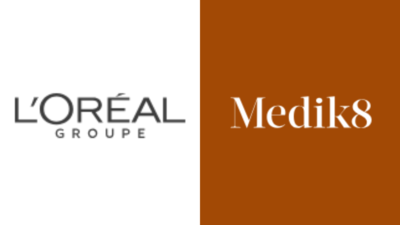
Investing can seem intimidating for beginners, but it’s a powerful way to build wealth over time. With some foundational knowledge and a strategic approach, you can start investing with confidence. This guide breaks down the essentials to get you started on your investment journey, covering everything from setting financial goals to understanding risk tolerance and exploring different investment options.
1. Define Your Financial Goals
The first step in any investment journey is understanding your “why.” Ask yourself: Are you saving for retirement, a down payment on a house, or a child’s education? Setting clear financial goals will guide your investment choices and timeframe. Long-term goals typically tolerate more risk, while short-term goals may benefit from safer, more stable investments.
Explore goal-setting strategies for investors at Investopedia.
2. Understand Your Risk Tolerance
Investing involves risk, and it’s important to recognize how much risk you’re willing to take. Risk tolerance varies based on age, income, financial stability, and investment goals. Generally, younger investors have a higher tolerance for risk since they have more time to recover from market dips, while older investors might prefer low-risk, stable investments.
3. Build an Emergency Fund First
Before jumping into investments, it’s crucial to have a financial safety net. An emergency fund should ideally cover 3-6 months of expenses, providing you with a cushion if you encounter unexpected expenses. This will ensure that you’re not forced to dip into your investments during a financial crunch.
4. Educate Yourself on Different Investment Types
The investment world is vast, with many asset types to consider. Here are a few common ones to start with:
- Stocks: Buying shares of a company allows you to benefit from its growth. Stocks can be volatile but offer high potential returns over the long term.
- Bonds: Bonds are loans to governments or corporations, typically providing lower but more stable returns.
- Mutual Funds: These are professionally managed portfolios that pool money from many investors to buy a diversified mix of stocks and bonds.
- ETFs (Exchange-Traded Funds): Similar to mutual funds, ETFs offer diversification but are traded like stocks, providing flexibility and often lower fees.
- Real Estate: Property investment can provide rental income and potential value appreciation, though it requires more capital upfront.
5. Start Small with Index Funds or ETFs
For beginners, low-cost index funds or ETFs are a great way to start investing without the need to pick individual stocks. Index funds mimic the performance of major stock indices, like the S&P 500, offering broad exposure to the market and reducing individual stock risk. ETFs offer similar diversification with the added benefit of being easy to buy and sell throughout the trading day.
6. Consider Dollar-Cost Averaging
Dollar-cost averaging is a strategy where you invest a fixed amount regularly, regardless of the market’s ups and downs. This approach reduces the impact of market volatility, as you’ll buy more shares when prices are low and fewer when prices are high. For beginners, this method is a disciplined way to invest without worrying about market timing.
7. Set Up a Retirement Account
Investing for retirement is one of the most critical financial goals. Accounts like 401(k)s, IRAs, or Roth IRAs offer tax advantages that allow your investments to grow more effectively over time. Check if your employer offers a 401(k) match—it’s essentially free money you shouldn’t leave on the table.
8. Review Your Investments Regularly
Once you’ve started investing, review your portfolio periodically to ensure it aligns with your goals. Life changes, market shifts, or evolving financial goals may prompt adjustments. However, avoid frequent changes based on short-term market trends—investing is about long-term growth.
Conclusion
Investing doesn’t have to be overwhelming. By understanding your goals, risk tolerance, and the basics of different investment types, you can make informed choices and grow your wealth over time. Remember, patience is key. Start small, stay consistent, and let the power of compound growth work for you. With time, you’ll develop the confidence and expertise to expand your portfolio and make your money work harder.
Read more on HERE










Be the first to leave a comment